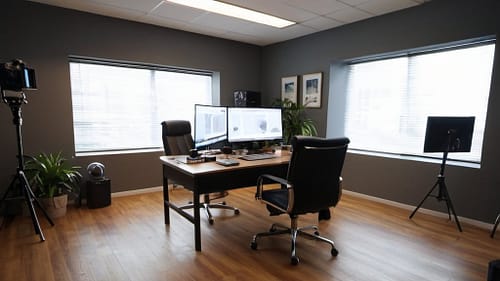Share This Story, Choose Your Platform!
Want to manage your website content in efficient, new ways? Then WordPress will be your friend. Don’t know to to get started? No worries. This WordPress for Dummies guide will get you started – and then some.
WordPress is the most popular content management system (CMS) out there. It’s used by almost 28 percent of the world’s websites.
Starting your own site on WordPress is easy if you break down the steps.
There are a few key things about creating a site you need to know.
Here’s your ultimate WordPress for dummies beginner’s guide.
WordPress for Dummies
There’s a reason WordPress is the best blogging platform on the market. It’s simple to use but also multifaceted.
If you’re a small business or organization, WordPress is the perfect CMS for you. It’s great for individual bloggers and professionals looking to showcase their work.
Let’s talk about the basics of making a WordPress site.
Creating Your Site
To set up your site, you will need to create a domain name and establish web hosting. Using a self-hosted WordPress site is a good option. WordPress.org will allow you to add plugins and develop your site later on.
Web hosting refers to how files are stored online. This costs a small monthly or yearly fee. You will also need to buy a domain name which is your site’s title.
While domain names and hosting cost you, setting up a site on the platform itself is free.
Themes
After creating your blog, it’s time to focus on design.
WordPress comes with thousands of default themes. Some basic themes are free and others cost money. You can pick from these or have a custom site designed to fit your particular needs.
To pick a theme go to the “Appearance” tab and choose “Themes.” Once you’ve chosen a theme, you can customize the font, colors, and background of the design.
Content
There are two types of content on the WordPress platform. These are pages and posts.
Pages are static tabs such as a “Contact” or “About” page. Posts are content that’s updated and added on a regular basis, like daily blogs.
To add a new page or post, go to either tab in the administrator menu and choose “Add New.” Posts will appear automatically on your homepage but this can be altered in settings.
Once you’ve started posting content, you can customize your site in any way you like. The “Settings” page will let you change the title and tagline of your site. From there, you can also play with the layout of the pages.
WordPress also lets you create defaults for the comment section and navigation menu.
Plugins
Plugins are features that you can add to your website. WordPress has almost 50,000 available plugins. Using plugins, you can add a photo gallery or security feature to your blog.
Another popular plugin is Google analytics software. This feature allows you to view how many people are visiting your site.
Many plugins are free but other professional add-ons are not.
Get Started
That’s your WordPress for dummies overview. Because the platform is so flexible, there’s no limit to what you can do with it.
Whatever your needs are, there’s a way to meet them using a new WordPress site.
To learn about our custom website design services, visit us here.



